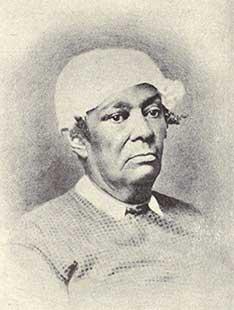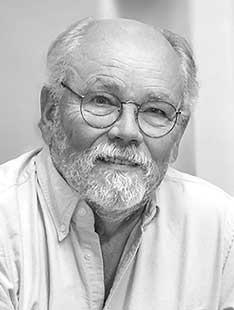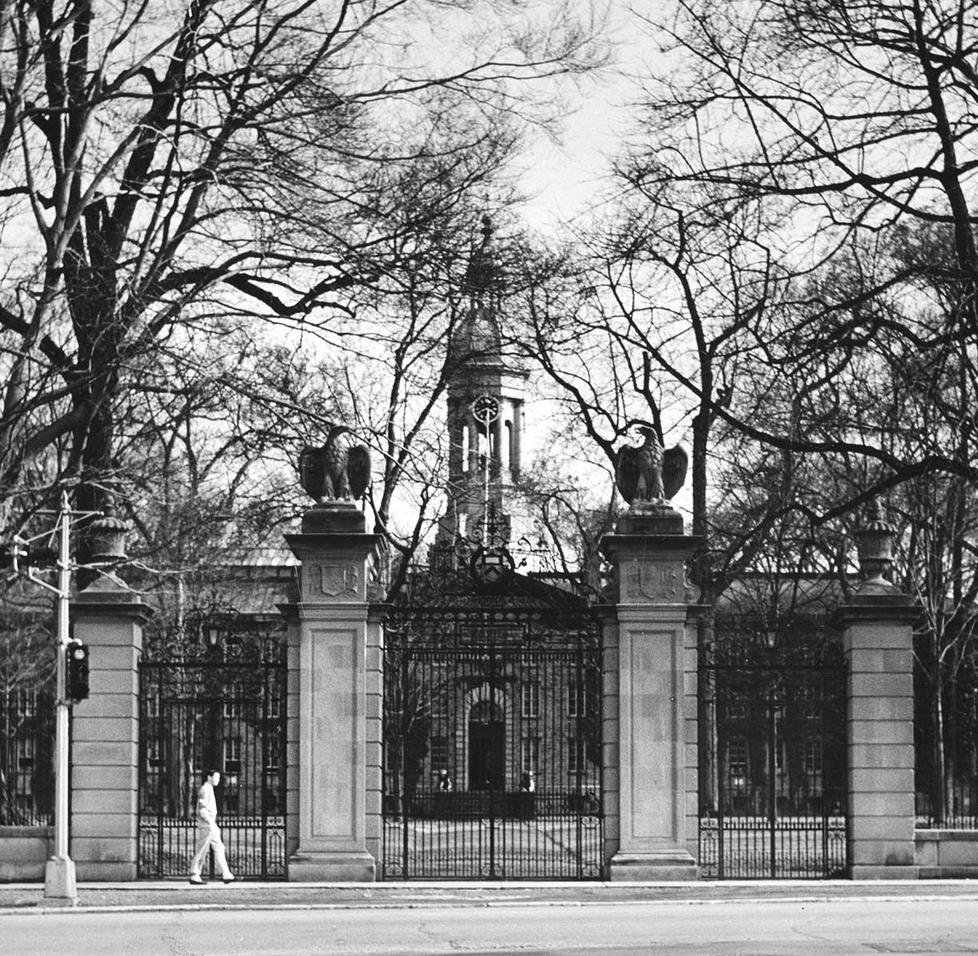Essay: Connecting University With Community Through FitzRandolph Gate
On the day of Commencement, other things seemed to overshadow the symbolism of opening the FitzRandolph Gate. Most of us didn’t wear caps and gowns, but all of us heard the buzz of the cicadas swarming the campus. We applauded, even cheered, the star-quality honorary-degree recipients, including Walter Lippmann, Coretta Scott King, and the clear crowd favorite, Bob Dylan, who later memorialized the event in a classic song that’s still one of my favorites, “Day of the Locusts.”
But these days, there’s another Dylan song that’s become more meaningful to me: “My Back Pages,” with its arresting refrain, “Ah, but I was so much older then, I’m younger than that now.” For four years as an undergraduate, I got a Princeton education; for the past four years as a historian, I’ve been getting a fresh education about Princeton.

Writing the book has led me to think more about the historical connection between the college and that community, to see the two worlds on the two sides of Nassau Street in a new light. In the antebellum era, genteel-seeming Princeton was a tough town for Black people. My research — enriched by fellow professors and students associated with the Princeton & Slavery Project (slavery.princeton.edu) — has turned up numerous examples of racism, ranging from local laws “to prevent nocturnal Riots and disorderly and tumultuous meetings of Negro and Mulatto slaves or servants” to physical attacks and threats of lynching against Black people. Many of the perpetrators of those acts came from the college, and many of those came from the South (as I did, over a century later, in 1966).
The Civil War ended slavery, but it didn’t end racism, in Princeton or anywhere else. Paul Robeson — born in Princeton in 1898, a century after Betsey Stockton — wrote about the “caste system” that surrounded the town’s Black people in his childhood: “The grade school that I attended was segregated and Negroes were not permitted in any high school,” much less any level beyond that: “No Negro students were admitted to the university.” Robeson came to a succinct conclusion: “Princeton was Jim Crow.”
And so it stayed well into the 20th century, into my time at Princeton. My main connection to the Black community came in my junior year, when I worked two mornings a week as an assistant teacher at the Trenton Street Academy, a storefront school for Black teenagers who had dropped out — or had, more likely, been pushed or kicked out — of their regular schools. But that was Trenton, not Princeton. At the time, I never got to know the people in the Black community who lived so close by, much less the history of their community. If I’d gone a few blocks from the campus along Witherspoon Street, I’d have come to the Witherspoon Street Presbyterian Church, where Betsey Stockton is commemorated in a stained-glass window — “Presented by the Scholars of Elizabeth Stockton” — and a brass plaque. Instead, it took me almost 50 years to find her.
Thanks to the good work of the Historical Society of Princeton and, more recently, the Witherspoon-Jackson Historical and Cultural Society, I’ve been able to pursue my continuing education about the relationship between campus and community. And one lesson in that education calls me to think again about the opening of the FitzRandolph Gate, in 1970, with the class slogan, “Together in Community.” Some of my class officers, particularly Stewart Dill McBride, may have been more aware than I was at the time about the importance of reaching out to the rest of the town, and they now deserve my belated gratitude.
I have no illusions, of course, that the symbolic unlocking of a campus gate 50 years ago could bring about racial equality or social justice. The gate itself was named for Nathaniel FitzRandolph, a major 18th-century donor but also a slaveholder: That’s a valuable reminder about Princeton’s origins and our ongoing need to reckon with the past. But even flawed symbols can serve as useful signposts to the future. As the University now embarks on a new commitment to anti-racism in its curriculum and other campus activities, the work can’t be strictly academic, but needs to connect to the local community. The walkway from Nassau Hall passes straight through the FitzRandolph Gate, crosses Nassau Street, and then becomes Witherspoon Street. That’s always been an important two-way path for Princeton, and it’s especially so now.













1 Response
George Chang ’63
4 Years AgoCrossing Nassau Street
Thank you for your essay! It helps to explain why I always felt so welcome when I crossed Nassau Street. Members of Princeton's African American community treated me like a long-lost cousin.
For example, in 1962, I knew that I'd be spending the summer in Princeton, rather than riding a Greyhound bus home to New Mexico. That opened my schedule to "working [at] reunions." But my problem was that I am no athlete, and therefore the best reunion jobs were not available to me.
This was no problem for May Fish, the legendary Princeton caterer. She was feeding the Class of 1930, and when I approached her, she hired me on the spot. That "gig" gave me a lifetime of good memories and stories!